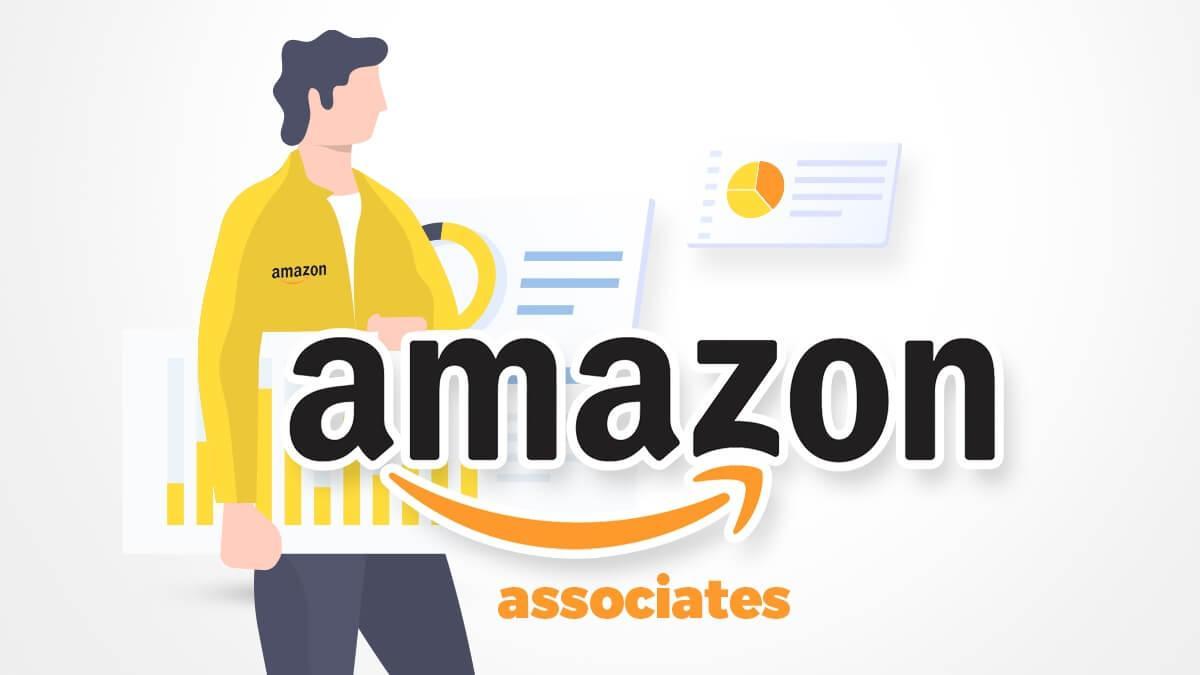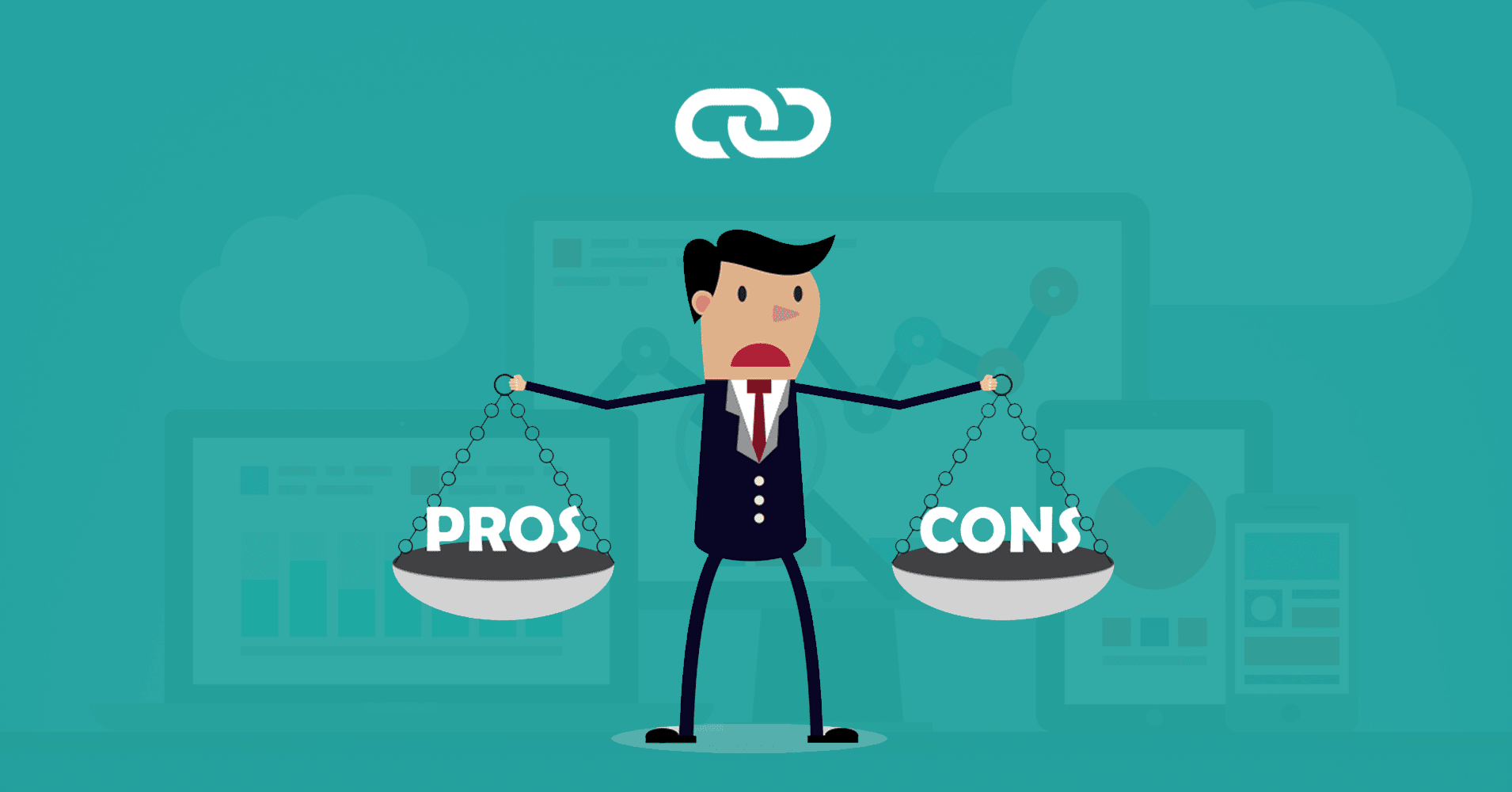Steps to Signing Up and Tips to Maximize Your Amazon Affiliate Income
It’s no secret that Amazon is a pioneer in ebooks and expanding opportunities for indie authors. But Amazon also led the way in online affiliate marketing. In 1996, Amazon was a small online book retailer run from Jeff Bezos’ garage. With a limited marketing budget, Amazon decided to tap into readers’ love of books to help spread the word. Instead of having an initial outlay of money to buy advertising, Amazon paid people a commission when they referred buying customers to Amazon. This commission was paid after the customer bought, eliminating upfront marketing costs. When the Amazon Associates Program launched in 1998, there weren’t many easy, affordable ways for budding Internet entrepreneurs to make money online. Amazon's affiliate program changed that. The only problem was that making any significant income as an Amazon affiliate required selling a ton of books. Fortunately, as Amazon has expanded its product line, the ability to make income from Amazon has become easier. Amazon still has a fairly low payout compared to other affiliate programs (1% to 10%, depending on the products), but with a vast product line, huge customer base, and credibility, odds are that you can find something to promote and make money.1 Like any other home-based money-making scheme, earning an income with Amazon requires research, work, and marketing. Here are some tips for maximizing the Amazon Associates Program.
Pros of Becoming an Amazon Affiliate
There are several great reasons to join the Amazon Associates program, including:
- Amazon is a highly visited, well-known name that people use and trust every day.
- It's free to join.
- There are no traffic thresholds or other metrics you need to be accepted into the program.
- There are tons and tons of products you can promote.
- Amazon has many tools to help you sell specific items or a category of items.
- There is a good reporting system so you know what's getting clicks and what's selling.
- You can receive direct deposit payments into your bank account.
- Amazon offers good customer service to its buyers, so you reduce the risk of having your visitors get mad at you if they have a problem with the product.
- Even if your visitor doesn't buy the product you referred, if they buy something on that visit, you earn a commission.
Cons of the Amazon Associates Program
Nothing is ever perfect, including the Amazon affiliate program. Here are a few downsides:
- The commission rate is relatively low compared to other affiliate programs, 1% to 10% depending on the items. It offers flat-rate for the bounty programs, such as $15 for business account sign-ups, $3 for Prime referrals, and $5 for Audible referrals.
- Their cookies only last 24-hours. That means if your referral doesn't buy within 24 hours, you won't get credit. (However, if the product is added to their cart, the cookie lasts 89 days.)
- You're not allowed to send Amazon affiliate links in emails. That includes blog posts that get sent as an email. Since email is an excellent way to send great offers to your readers, this rule is particularly disappointing.
- If you have a U.S. site and are promoting products in the Amazon U.S. store, you won't get credit for referring someone who ends up buying the product from outside the country (i.e. Amazon UK).
- Payment options are only through direct deposit, check, or Amazon gift card. There's no PayPal option.
Ways to Promote Your Amazon Affiliate Links
Here are different ways you can promote your Amazon links:
Blogging
Blogging is probably the most common way affiliates make money with the Amazon Associates program. Some bloggers have a general topic site and use a variety of affiliate programs and other monetization options. Other bloggers have a niche site, zeroing in on select products that the site covers. Either way, making money with Amazon Associates on a blog can be done by:
- Writing content for your blog or website about picking or buying a product available on Amazon. Now more than ever, people go online to research their buying options. If you're a mom blogger, you can write an article on picking a low-cost vacuum with a link to your top choice or several links to your top choices. A food blogger can link to cooking tools. A photography site can link to cameras and other photography equipment.
- Writing reviews of new products. Again, people want to know about items before they invest money in them, especially if they're new and there isn't a lot of information available.
- Writing about best-sellers. You can use the best-sellers listed on Amazon, or if you have an affiliate sales history with Amazon, check your stats to see what has sold best in your blog's community.
- Promoting special offers on the blog. This works well if you have a daily deal blog. This step requires that you watch Amazon for special promotions on products that fit in your website's topic area.
Social Media
You can use social media to share your blog content with affiliate links, or you can directly share your affiliate links. Note, that you should give an indication that the link is an affiliate link when you post to be transparent and not annoy your followers. People don't want to be sold to all the time, so posting affiliate links should be interspersed with non-affiliate and non-sales posts.
YouTube Videos
You can offer much of the same types of content on video as you do on a blog, such as reviews. The advantage of video for generating income is that you can give tutorials, tours, and other visual content that better help potential buyers decide whether to buy the items or not.
Lead Magnet and Email
Many successful affiliate marketers have a basic two-page website and an email marketing system that does their affiliate promotions on autopilot to make passive income. One page is a landing page that promotes a lead magnet to entice people to subscribe to the email. Once subscribed, the visitor is sent to the second page, which often has information about an affiliate product. The email delivers the lead magnet, as well as a series of other emails that provide helpful tips and information, as well as promotions for affiliate products.
Add Amazon Offers to Your Existing Business
You can promote Amazon products as part of your other business offerings to create an additional income stream. Whether you sell a product or service, chances are there are products and services your customers and clients can benefit from on Amazon. For example, if you're a business coach that has found increased productivity with a Bullet Journal, you can promote dotted-page notebooks.
Getting Set Up as an Amazon Affiliate
Getting started with the Amazon Associates program is free and easy. Here's how:
Signing up by visiting Amazon and fill in the forms.
Be sure to read the rules. For example, it's against Amazon Associates policy to include Amazon affiliate links in an email.
Determine the product(s) you want to promote. Amazon allows you to search based on keywords, ISBNs (for books), and product numbers.
Decide how you’re going to promote the products you choose. Amazon provides ad scripts that you can run on a blog or website.
Build traffic. All affiliate income does best with a large, steady stream of targeted traffic. There are many easy and affordable ways to get people to visit your blog or website.
Make product recommendations fit with your website topic. If you blog about surviving zombies, don't have a link to tulip bulbs unless tulips repel zombies.
Choose products carefully. Don't promote something you wouldn't buy or don't like just to make money. It will backfire and cause you to lose credibility with your website visitors. People are more likely to buy products you personally recommend. If you don't have experience with the product, be sure to check out reviews to see what other people's experience with it is.
Include multiple links and linkable photos in your content. Web readers can be blind to ads. They're more likely to click links and photos within an informative article.
If you’re a blogger, don't forget to include a disclosure that the link is an affiliate link per the FTC blog disclosure guidelines and GDPR. While it's the law in the U.S., it's also important to keep your readers' faith in you.
Maximizing Sales and Your Amazon Affiliate Income
Here are additional tips to boost your affiliate income.
- Discuss or promote related products. When you order a burger, you're asked, "Do you want fries with that?" Many items work best or are enhanced with accessories or other products, which you can promote.
- Check what other items your referrals are buying. One great feature of the Amazon Associates program is that you get paid on items your referral buys, whether or not they buy the specific item you referred. Amazon stats will let you know what items your referrals bought. If you haven't yet promoted the item, and it's a fit for your blog or website, you should consider adding to your product list.
- Monitor your analytics to see what's selling, what gets clicked on your website, and other data to understand what your market wants and will pay for.
Affiliate marketing with Amazon and other vendors is a great way to make a living at home. But it takes more than starting a website or blog and posting a few affiliate links. It takes knowing a market’s needs, providing information and resources to meet those needs, and then helping the market find your solutions.











Posting Komentar
Posting Komentar